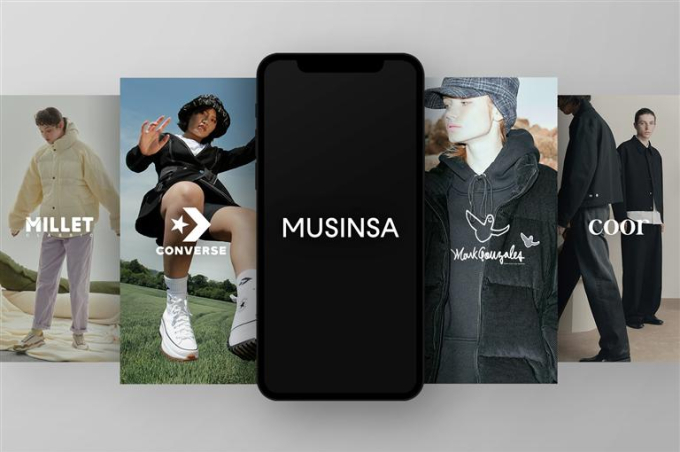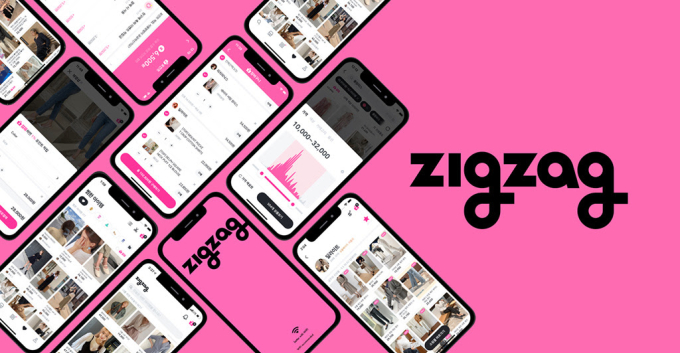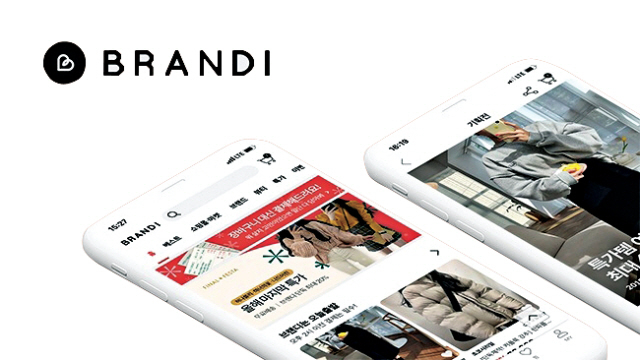Fashion apps
Fashion platforms Musinsa, Zigzag hit jackpot thanks to Gen Zers and millennials
By Dec 01, 2020 (Gmt+09:00)
3
Min read
Most Read
LG Chem to sell water filter business to Glenwood PE for $692 million


KT&G eyes overseas M&A after rejecting activist fund's offer


Kyobo Life poised to buy Japan’s SBI Group-owned savings bank


StockX in merger talks with Naver’s online reseller Kream


Meritz backs half of ex-manager’s $210 mn hedge fund


Related Articles

South Korea’s online fashion apps are booming thanks to their ability to attract Gen Zers and millennials. This year, the top five players’ combined transaction amount surged to around 3.25 trillion won ($2.9 billion), up 40% from 2.3 trillion won last year.
This is a stark contrast to offline fashion companies, which have seen a sharp drop in customer traffic due to the COVID-19 crisis. Meanwhile, online fashion apps are tasting success by offering services such as speedy delivery and customized recommendations.
The Big 5 online fashion apps include Musinsa Co., W Concept, Zigzag, Ably and Brandi. No. 1 player Musinsa is likely to post 1.4 trillion won ($1.3 billion) in transactions this year, up 56% from last year, while runner-up Zigzag is expected to post 800 billion won, up 33% from last year.
Latecomers Brandi and Ably are both confident that they will post at least 400 billion won in transactions, more than double that of last year, while W Concept, now in the process of being sold, anticipates 25% growth.
ONLINE FASHION APPS OFFER ORIGINAL AND COMPETITIVE SERVICES
The drastic growth in online fashion apps is owing to their ability to provide services that satisfy Gen Zers and millennials.
Musinsa became popular among street casual style enthusiasts as it provided a wide selection of foreign casual brands that were hard to find in Korea, alongside exclusive sales for limited edition shoes.

Zigzag, Brandi and Ably, fashion apps that offer curated selections from the country's fashion mecca Dongdaemun, also began to offer differentiated and competitive services.
Zigzag set itself apart from other apps by offering a comprehensive recommendation feature. When users log into the app, they are prompted to enter their age and preferred styles, which pulls in customized search results on the first page. The app’s algorithm is designed to offer a detailed recommendation based on the customers' purchase frequency and item searches.
“Offering curated selections from various shopping malls is another factor that drew in customers,” said a fashion industry source.
Brandi focused on logistics and delivery, becoming the first player to introduce a same-day delivery service.
Ably pulled in a huge pool of influencers to position itself as an app that offers celebrity styles. Although it arrived late to the online fashion scene in March 2018, Ably has grown to join the Big 5 fashion apps.

The five fashion apps focused their marketing strategy on Gen Zers and millennials familiar with mobile shopping. Although the e-commerce platform Coupang Corp. is the most used app across all generations in Korea, it has failed to appeal to Gen Zers, who mostly use fashion apps. In fact, they account for around 77% of Zigzag’s total users.
“Gen Zers are the most active users for mobile-based fashion apps and without them there isn’t much room for success,” said Jung So-yeon, an analyst at eBEST Investment & Securities Co.
Another factor that contributed to the rise in online fashion platforms is advanced technology such as live streaming services. The clothing industry was late to shift to online platforms because of the strong perception that clothes should be tried on before purchasing.
But thanks to live-streaming services, users can refer to models with similar measurements to try on outfits, allowing users to get a realistic view of how the clothes would look on them. This is all done alongside real-time reviews.
The fashion apps further addressed consumer inconvenience by adopting simple payment methods and offering fast delivery services that contributed to their penetration on shopping platforms.
Write to Ji-hye Min and Sul-li Jun at spop@hankyung.com
Danbee Lee edited this article.
More to Read
Comment 0
LOG IN


